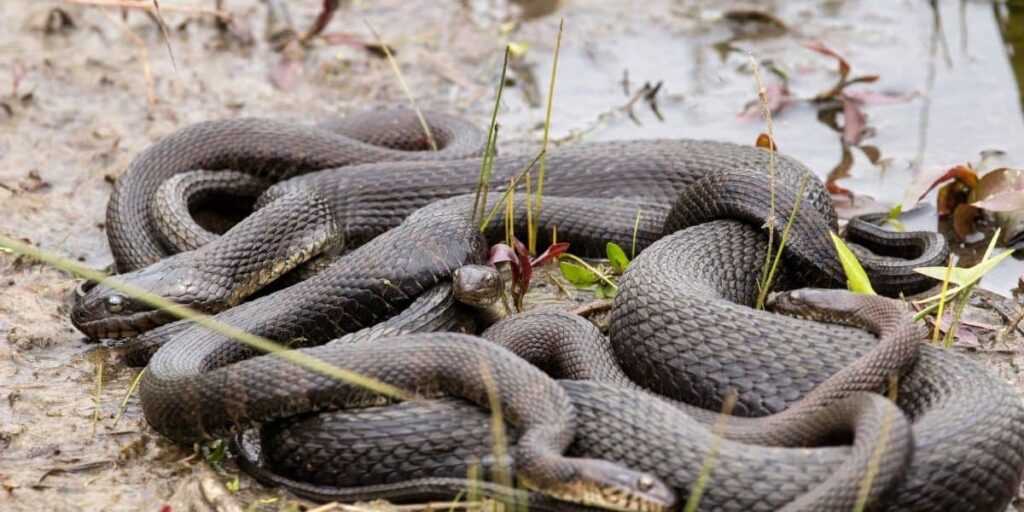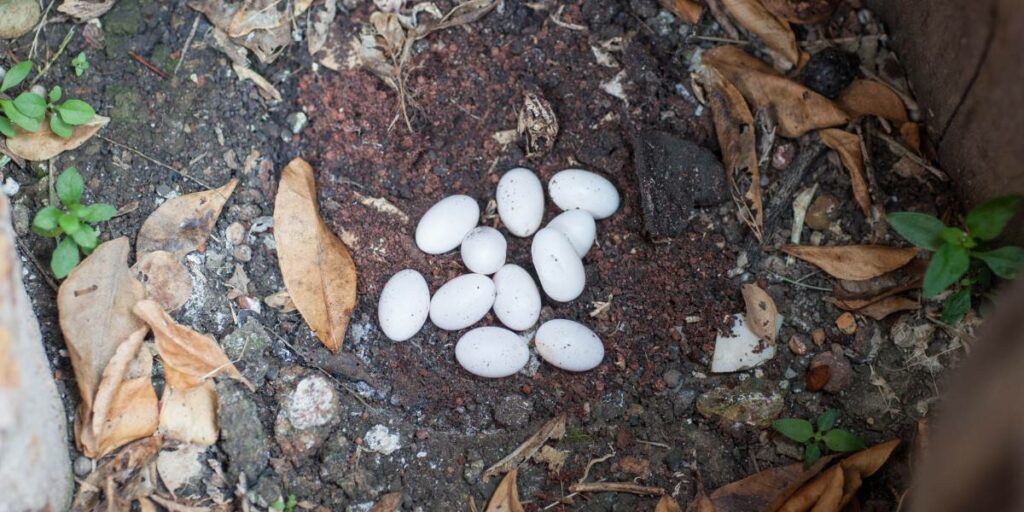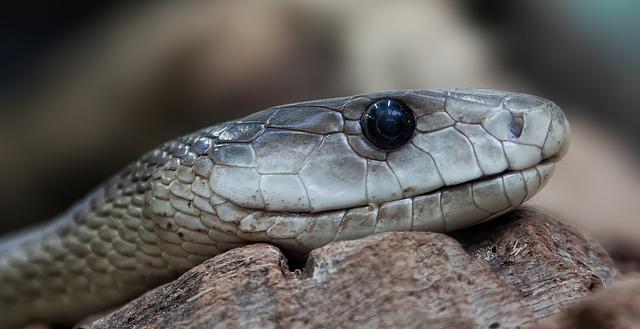There are some animals in the world that are asexual; meaning that they do not need another of the same species to reproduce. This is a pretty fascinating thing and something that, as humans, we find difficult to wrap our heads around. Anyone who loves snakes will likely have asked themselves ‘do snakes mate?’
Snakes are not asexual and they do need to mate in order to reproduce. However, the way in which they do this may be rather different from what you might expect. While some aspects are similar to how other animals mate, there are some things about snake sex that might have you scratching your head.
In this article, we are going to look at this incredible process of nature in a little more detail. So, if you are interested in breeding snakes or simply want greater insight into their mating rituals, you are in the right place.
Do Snakes Mate In Groups?
One of the most common questions circulating the internet relates to whether snakes mate in a couple or en masse. This may sound a little odd but there is a good reason that so many people are questioning this.
There are some species of snake, most notably, the garter snake that tends to mate in a more communal setting.
This happens when the snakes come out of their brumation period and are eager to mate. Most of the time, and for almost all snake species, mating is more important than eating at this point.
The male garter snakes form a mating ball; many snakes will writhe and wriggle together in a cluster, each of them vying for the attention of a single female.

The female must open her cloaca, which is a point equivalent to many in the anatomy of a human. The cloaca allows urine and feces to leave the snake and is also the opening through which they can mate and lay eggs.
Once the female opens her cloaca for her chosen male, he can insert his penis and fertilize the eggs.
Once the mating has taken place, the females will develop a plug that prevents other males from being able to copulate with her. The snakes will then go their separate ways.
The Mating Act
Much like humans, or other animals, snakes have a genital region where their reproductive organs are located. As we mentioned earlier, in females, there is a cloaca; but what about males?
The males also have a cloaca and their reproductive organs are located inside this, they do not protrude from the body in the same way that other male animals do.
Another significant difference in male snakes is that they have two penises. But this might not be what you imagine.
They have what is known as a hemipenis, which is an organ made up of two fused penises. Each of these has its own testicle which, as in other animals, produces sperm.
Once the snakes decide to mate, they will wrap around one another and in some cases, this act can go on for hours. However, once this is over, the snakes will part, never to see each other again.
In many species, the mating season occurs in the spring but since females have the ability to store sperm for months, many of them do not become pregnant until the autumn months.
Laying Eggs
It may seem a little cold that the male and female snakes part ways so soon after having mated but it would appear that the entire reproductive of the snake community is very cut and dry with females burying their eggs under the ground and leaving them unattended.
This may not be what we, as humans, are accustomed to but for snakes, this is entirely normal. However, this does mean that if you plan to breed snakes in captivity, you must be prepared to take care of the eggs once the female has laid them.
Most snakes lay eggs, but there are some that give birth to live young. This may come as a surprise since most people believe that snakes exclusively lay eggs.

Some species that have lived young are the cottonmouth and rattlesnake; it tends to be venomous snakes that reproduce this way although this is not a hard and fast rule.
When we talk about live young, it is important to keep in mind that the baby snakes would have been in eggs whilst inside the mother’s body. These are known as viviparous snakes and they incubate the eggs inside the body before delivering live babies.
Female snakes can take between 28-45 days to lay their eggs from the moment of conception and the time will largely depend on the species. When she is ready, she will find somewhere safe to lay her eggs.
This is typically in leaf litter or inside a hollow log. However, some snakes will lay their eggs and bury them in soft substrates like sand or loose soil.
Snakes are not known to build nests, although there is one exception to this rule; the King Cobra.
Conclusion
Snakes are one of the most mysterious creatures on the planter; despite there being more than 3000 species. One of the things that a lot of people wonder is whether these beautiful animals need to mate or whether they are capable of reproducing asexually.
Snakes do require a mate in order to reproduce but the way that they go through this process is vastly different from many other animals. Think about the double reproductive organs of the male and the mating ball used to entice a female.
In addition to this, female snakes can store sperm so that they can impregnate themselves later down the line – but of course, this still requires mating in the first instance.
This is a fascinating topic and once you understand the intricacies of snake mating, it would be entirely possible to begin breeding them with the right environment and equipment.
- Are Garter Snakes Friendly? Here’s What You Need to Know
- Ball Python Continually Opening Mouth. Causes and Solutions
- Do Ball Pythons Live Underground? Exploring the Natural Habitat of Ball Pythons
- Do I Need to Mist a Ball Python Tank? A Clear Answer
- Ball Python Body Language: Understanding Your Pet’s Nonverbal Communication




